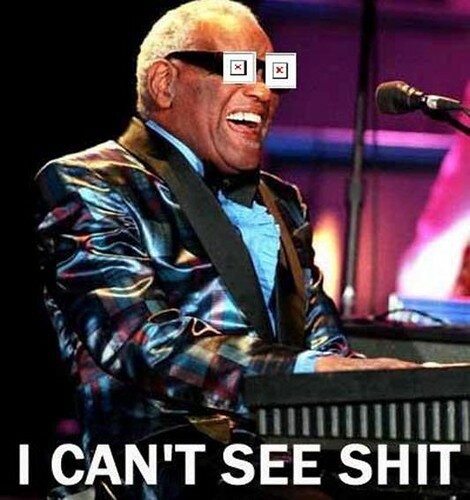southwestforests
ACCESS: Top Secret
- Joined
- 28 June 2012
- Messages
- 752
- Reaction score
- 1,204
Oh! I'd forgotten all about those!The surprise is that,Douglas had some tailless delta wing transport projects,
such as Model 1042,1067 & 1274
Oh! I'd forgotten all about those!The surprise is that,Douglas had some tailless delta wing transport projects,
such as Model 1042,1067 & 1274
Eddie Rickenbacker Future Airplanes from 1929
Hi,
here is a future airplanes from 1929,designed by Capt. Eddie Rickenbaker.
Well ... history didn't quite go that direction with those aircraft. Which is a bit of a disappointment, they would have been a grand sight.Another concept from Schuyler Kleinhaus
Flying Boat Handout
From Flying Boat Handout.
Well ... history didn't quite go that direction with those aircraft. Which is a bit of a disappointment, they would have been a grand sight.
Hi,
there is some supersonic aircraft designed from 1957.

The illustration's comment on low drag type engine cowls brings to mind that I'm currently reading a book about NASA's 1950s/1960s lifting bodies program & a couple other aviation history things here and there; and somewhere in that mix, at least one publication covers a little bit of the history of NACA-NASA, Dryden, Ames, Langley, and as part of that mentions NACA testing of engine cowls for radial engines in 1920s, 1930s, and how adding engine cowls to several different airplanes raised their top speed by 20mph or more.
One of the first ring cowlings was the Townend Ring cowling invented by British Engineer Hubert Townend in 1929. Townend Rings’ primary function was improving cooling of cylinder heads on radial engines. Drag reduction was a secondary goal.The illustration's comment on low drag type engine cowls brings to mind that I'm currently reading a book about NASA's 1950s/1960s lifting bodies program & a couple other aviation history things here and there; and somewhere in that mix, at least one publication covers a little bit of the history of NACA-NASA, Dryden, Ames, Langley, and as part of that mentions NACA testing of engine cowls for radial engines in 1920s, 1930s, and how adding engine cowls to several different airplanes raised their top speed by 20mph or more.
These are 3 original pencil drawings. unknown history, might be some kids sketches from the 1930's. Nicely done! Last picture is all 3 with dirty glass.
.View attachment 717312

Actually, Boulton Paul's designer John D. North began work on his 'Anti-Turbulence Cowling' in 1918 for the Bentley BR.2 engine long before Townend began his work in 1928. North patented his ideas in May 1929 and indeed one of the Boulton Paul P.31A Bittern prototypes were fitted with rings designed by North installed in 1927. Not until Townend's National Physical Laboratory reports and his patents came out did the Air Ministry order trial cowlings for Boulton Paul Sidestrand J9186 in 1931.One of the first ring cowlings was the Townend Ring cowling invented by British Engineer Hubert Townend in 1929. Townend Rings’ primary function was improving cooling of cylinder heads on radial engines. Drag reduction was a secondary goal.
Long-chord NACA cowlings were successful at drag reduction.
Interesting way to give an all sides view of an aircraft. Has a sense of fun about it.
Am guessing the train has gas turbine power and those dark areas on nose are intakes.


Well, hey, the goal of magazine cover art is to get noticed and to appear appealing.Air Trails magazine cover - April 1948
